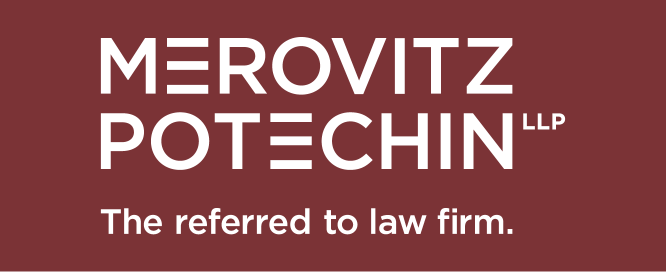Categories
Safeguarding Real Property In Ontario – CERTIFICATES OF PENDING LITIGATION (PART 1 OF 3)

Navigating the legal landscape of property transactions in Ontario can be a daunting task. One aspect of property law that can often cause confusion is the use of certificates of Pending Litigation, cautions, and Section 118 Restrictions. To shed light on the subject, we embark on a 3-part series exploring the various legal mechanisms to safeguard land in Ontario. In this first installment, we delve into Certificates of Pending Litigation and their role in protecting property rights.
What is a Certificate of Pending Litigation?
A Certificate of Pending Litigation (CPL) is a court order registered on a title to a property to provide notice to the public that the property is involved in a legal dispute. It allows anyone searching title of a property to be made aware of the ongoing legal proceedings and, in practice, will prevent any transactions, such as sales or mortgages, from being completed until the CPL is removed.
Obtaining a CPL
To obtain a CPL, a party must establish that it has a reasonable claim to an interest in the land. The threshold for obtaining a CPL is not based on the likelihood of success in the underlying claim, but rather on the presence of a disputable matter concerning an interest in the property. This means that the claimant must provide sufficient evidence to support their claim, demonstrating that there is a genuine issue involving the land to be resolved by a court.
Various situations can give rise to an interest in land warranting the issuance of a CPL. These include claims for specific performance of a purchase agreement, fraudulent transfer of title, disputes over mortgage interests such as equitable mortgages, claims arising from constructive or resulting trusts, breach of fiduciary duty claims leading to equitable interests, and claims for leasehold interests in the land.
Once a claimant has satisfied the above threshold, a court will consider various factors to determine whether issuing a CPL is a fair and appropriate remedy. These factors include whether the claimant is a shell corporation, the uniqueness of the land, the availability of alternative claims for damages, the ease or difficulty in calculating damages, whether damages would be a satisfactory remedy, the presence or absence of a willing purchaser, and the potential harm to each party if the certificate is or is not removed with or without security. It’s important to note that these factors are not an exhaustive list, and their relevance will depend on the specific circumstances of each case.
Removing a CPL
Removing a CPL typically requires a court order, with limited exceptions. The party seeking to have the CPL discharged must apply to the court under section 103(6) of the Courts of Justice Act. When considering whether to maintain or remove the CPL, a court will consider several factors. For example, if damages are deemed an adequate remedy, the court may vacate the CPL. Similarly, if the claim is solely for damages and does not involve an interest in the land, or if the CPL is sought solely to secure payment in the event of a monetary judgment, a court may also consider vacating the certificate. Diligence in pursuing the legal proceedings, the availability of alternative forms of security, and the overall fairness of the outcome are additional factors the court may consider when deciding whether to discharge a CPL.
In some instances, a CPL may be removed without a court order. The registered owner can provide evidence that the legal action giving rise to the CPL has been discontinued, or the registrant of the certificate may remove it with the consent of the plaintiffs involved.
Liability for Improper Registration
While CPLs generally enjoy protection from slander of title claims since their issuance is court-approved, there are still risks associated with their improper registration. Individuals who register a CPL without a reasonable claim to the land may be held liable for damages under section 103(4) of the Courts of Justice Act. Additionally, if a CPL is registered against a property that is not covered by the certificate, the registrant could face a slander of title claim. Even lawyers who knowingly participate in registering such a document or advise against its removal may be held liable as joint tortfeasors.
Understanding the intricacies of CPLs is essential for property owners, buyers, and lenders in Ontario. Stay tuned for the next part of our series, where we’ll continue unraveling the various means of safeguarding real property in Ontario.
The content on this website is for information purposes only and is not legal advice, which cannot be given without knowing the facts of a specific situation. You should never disregard professional legal advice or delay in seeking legal advice because of something you have read on this website. The use of the website does not establish a solicitor and client relationship. If you would like to discuss your specific legal needs with us, please contact our office at 613-563-7544 and one of our lawyers will be happy to assist you.








